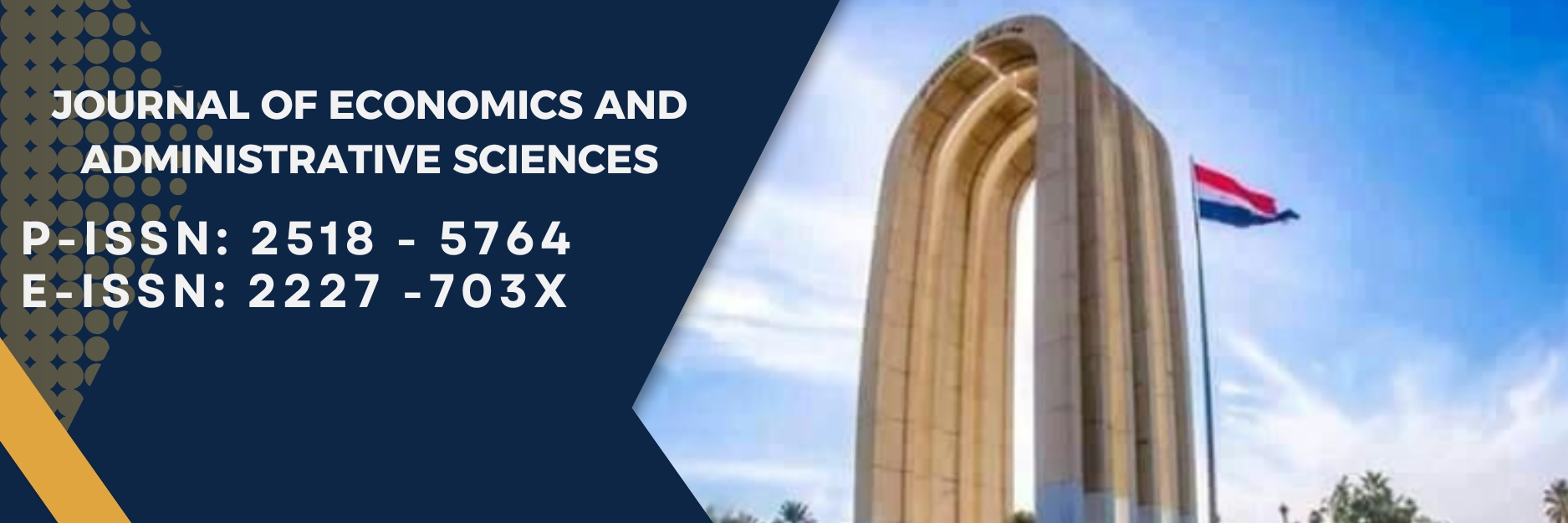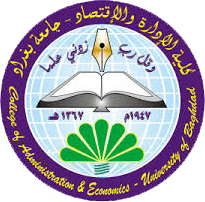Spatial Regression Models Estimation for the poverty Rates In the districts of Iraq in 2012
DOI:
https://doi.org/10.33095/jeas.v20i79.1962Keywords:
Spatial Analysis, Poverty Rates, Moran Test, DemographyAbstract
The research took the spatial autoregressive model: SAR and spatial error model: SEM in an attempt to provide practical evidence that proves the importance of spatial analysis, with a particular focus on the importance of using regression models spatial and that includes all of the spatial dependence, which we can test its presence or not by using Moran test. While ignoring this dependency may lead to the loss of important information about the phenomenon under research is reflected in the end on the strength of the statistical estimation power, as these models are the link between the usual regression models with time-series models. The spatial analysis had been applied to Iraq Household Socio-Economic Survey: IHSES 2012. To measure the preference models used in the research was the use of such standards compared: Root Mean Squares Error: RMSE, Mean Absolute Percentage Error: MAPE and, and Adjusted determinant coefficient: with different weight matrices (binary and modified) take into account the effect of neighborhoods of districts.
Downloads
Downloads
Published
Issue
Section
License
Articles submitted to the journal should not have been published before in their current or substantially similar form or be under consideration for publication with another journal. Please see JEAS originality guidelines for details. Use this in conjunction with the points below about references, before submission i.e. always attribute clearly using either indented text or quote marks as well as making use of the preferred Harvard style of formatting. Authors submitting articles for publication warrant that the work is not an infringement of any existing copyright and will indemnify the publisher against any breach of such warranty. For ease of dissemination and to ensure proper policing of use, papers and contributions become the legal copyright of the publisher unless otherwise agreed.
The editor may make use of Turtitin software for checking the originality of submissions received.

























